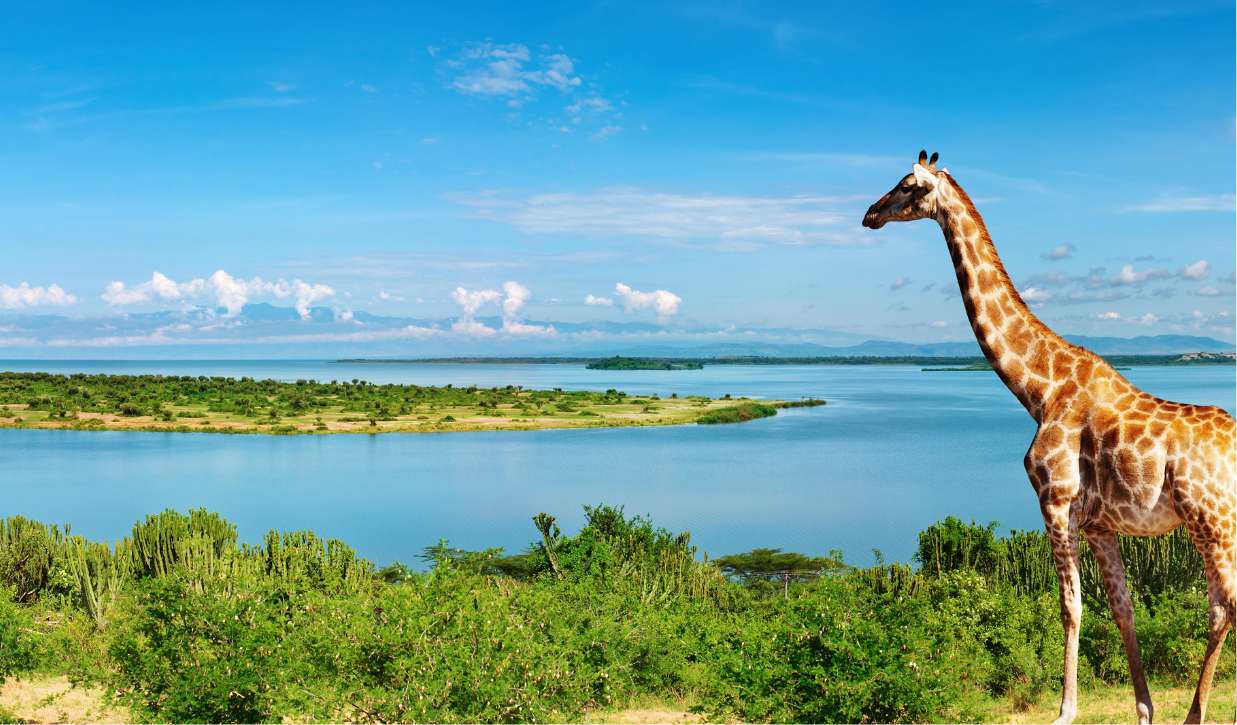The River Nile is the longest river in the world, with a length of approximately 6,650 kilometers. It flows through 11 countries in Africa and is considered to be one of the most important rivers in the world.
Origins and Importance
The origin of the Nile is a topic of debate among historians and geographers. Some believe that the Nile’s source is Lake Victoria, while others argue that it begins at the confluence of the White Nile and Blue Nile in Khartoum, Sudan.
Regardless of its exact origin, the Nile has played a significant role in shaping human civilization. It provided ancient Egypt with fertile land for agriculture, transportation for trade and commerce, and a source of water for drinking and irrigation. The Nile was also an important religious symbol in ancient Egyptian culture, with many temples and monuments built along its banks.
Natural Wonders
Apart from its historical and cultural significance, the River Nile is also a breathtaking natural wonder. It traverses through diverse landscapes, from mountainous regions to vast deserts, providing a home for a variety of plant and animal species.
The Nile Basin is home to over 300 species of fish, including the famous Nile perch. The river also supports a wide range of bird species, from waterbirds like pelicans and herons to birds of prey like eagles and vultures. Check out the Nile Cruises Egypt if you’re interested in exploring the Nile’s beauty personally.
Threats and Conservation Efforts
Despite its wonders, the River Nile is facing numerous threats. Overuse of water for irrigation and industrial purposes, pollution from agricultural runoff and sewage, and the construction of dams have all had a negative impact on the river’s ecosystem.
To address these issues, various conservation efforts are underway. The Nile Basin Initiative, established in 1999, aims to promote cooperation among Nile Basin countries for sustainable management of the river. Additionally, numerous NGOs are working towards protecting the Nile’s biodiversity and promoting sustainable practices.
Wildlife
Wildlife reserves and national parks have also been established along the river, providing protected areas for the diverse species that call the Nile home. One such example is the Murchison Falls National Park in Uganda, which is home to over 76 species of mammals and 451 species of birds.
A Marvelous Wonder for Future Generations
The River Nile’s significance and beauty make it a marvelous natural wonder that must be protected for future generations to enjoy. With proper conservation efforts, we can ensure that this majestic river continues to provide life and inspiration for centuries to come. So next time you think of the Nile, remember not just its length and historical importance but also its incredible natural wonders. Let us all work together to safeguard this priceless treasure of our planet.
Conclusion
In conclusion, the River Nile is not just a magnificent natural wonder but also an integral part of human history and culture. It continues to be a lifeline for millions of people living along its banks and is a source of inspiration for all those who marvel at its beauty. However, it is crucial to ensure its preservation for future generations, and we must all play our part in protecting this marvelous natural wonder. So, let us appreciate the Nile’s splendor while also working towards its conservation for a better tomorrow. So, let us appreciate the Nile’s splendor while also working towards its conservation for a better tomorrow.
